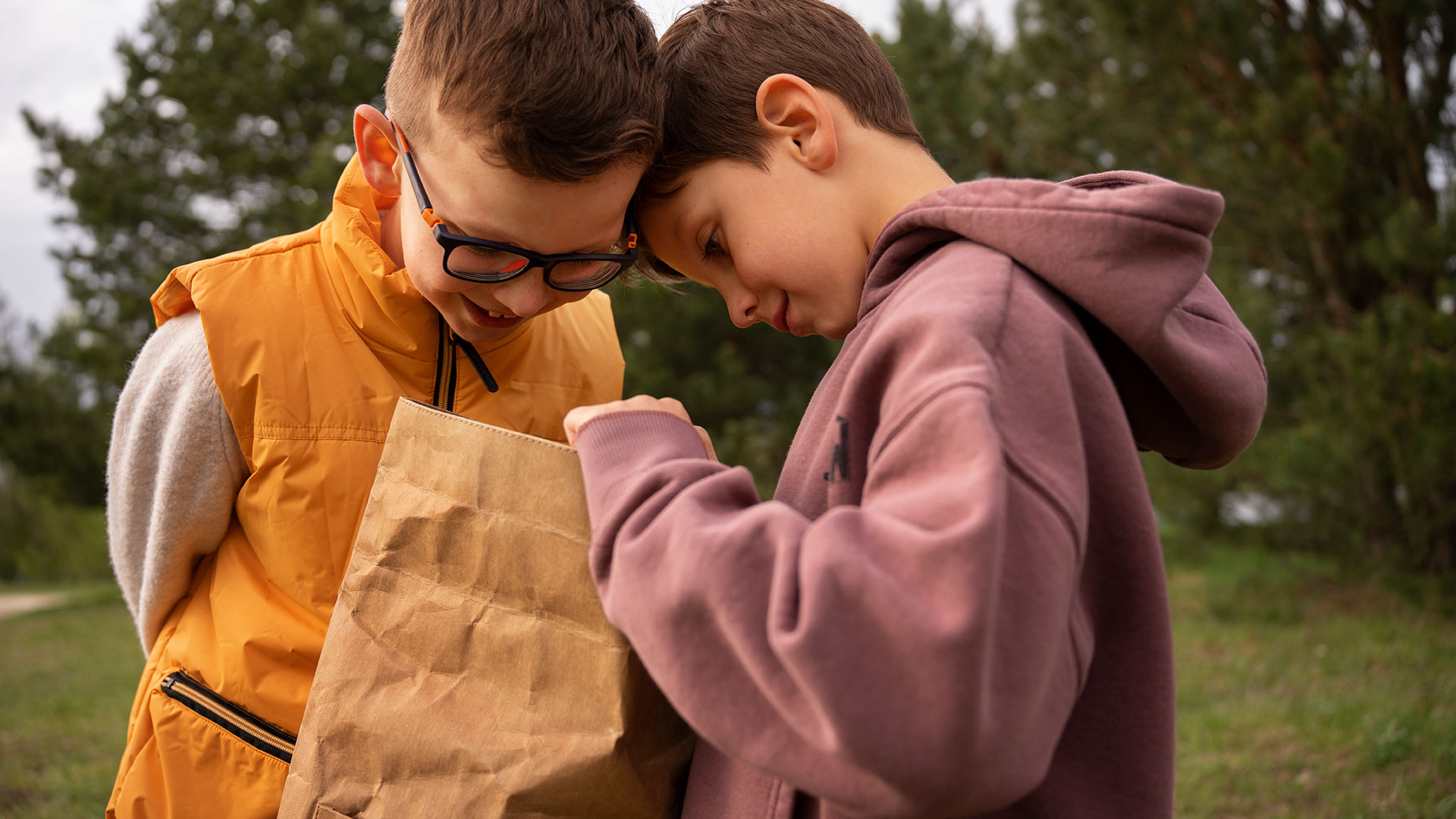Even if you teach in a context without access to many resources, there are lots of ways you can teach engaging, useful and fun lessons.
Using your learners as a resource
It is important to get to know your learners well so that you can better meet their needs in class. Learner-centred, minimal resource teaching is the basis of dogme, an approach articulated by Scott Thornbury and Luke Meddings.
Here is a list of teaching ideas which require minimal resources and are based on your learners’ needs, interests and lives.
Syllabus/topics
Conduct a needs analysis to really find out about your learners. Ask them what they would like to read about, talk about, or write about. Give them a choice of topics each week.
Leaner-based language work
Use learner output (what they say and write) as a basis for language work. This means noticing and noting down common errors during speaking and writing activities, and then helping learners to improve what they say or write through error correction or a language focused lesson. Use scaffolding to help learners to build on what they already know.
Speaking games
There are lots of games your learners can play to practise speaking and review and recycle vocabulary which don’t involve resources.
| Game | Example |
| Guessing games | A learner thinks of a famous person. Other learners ask ‘Yes/No’ questions to try and find out who they are. |
| Definitions | Learners describe things/words/phrases in English for others to guess. |
| Vocabulary race | Learners work in groups to think of ten things on a particular topic, as quickly as they can (things you find in a kitchen, things you can do at the weekend). |
| A-Z games | Similar to vocabulary race, but learners have to think of things beginning with different letters of the alphabet. |
| Memory games | Choose a topic, such as food. The first learner says: ‘I went to market and I bought a …(name of a food)’. The next learner says: ‘I went to market and I bought a …(what the first learner said) and a … (another type of food). Continue in groups. |
Writing
Learners can write stories, summaries of discussions, emails about issues they are concerned about. Give them time to think and share ideas first. Use their first draft to give some instruction on language and then let them write a second draft.
You/your learners bring things from home
You could ask them to bring in something from home and talk about it in class, for example a personal item, a photograph, a childhood toy, a picture of their pet or just check what they have in their backpack – take out coursebooks, pens, pencil cases etc. and comment on what they use these items for. Menus from local restaurants could be used in a lesson about ordering food. A local newspaper could be used to discuss current news topics. Museum and bus tickets from different countries you may have collected generate discussion about travelling. Food is a perfect starting point for talking about different cultures, customs and habits.
The list is endless. It all depends on what you want to bring in the class. Surprise your students from time to time and trigger their imagination. It’s a really rewarding experience.



